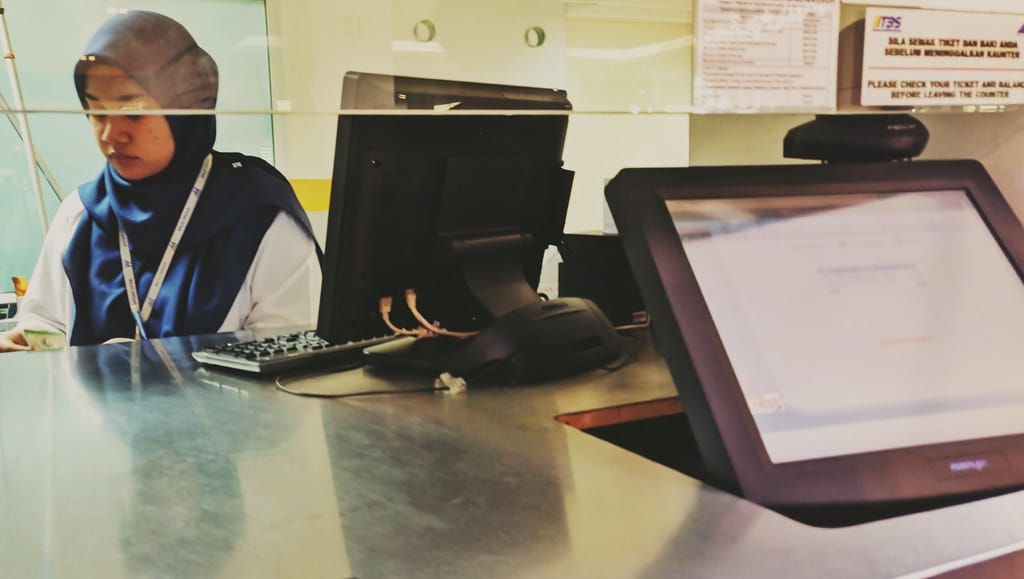The Great Return-to-Office Stalemate: Why Hybrid Work is Here to Stay
The ambitious corporate plans to bring employees back to bustling office towers are hitting an unexpected wall. Three years after the pandemic forced the world's largest experiment in remote work, the promised return to pre-2020 normalcy remains elusive, with companies and employees locked in a complex dance over the future of work.
The Numbers Tell a Different Story
Despite increasingly forceful return-to-office mandates from major corporations, actual office occupancy rates paint a sobering picture. According to Kastle Systems' latest data, office buildings in major U.S. cities are operating at just 50-60% of pre-pandemic capacity, with some metropolitan areas like San Francisco struggling to reach even 45%.
This disconnect between corporate intentions and reality has created what workplace experts are calling "The Great Stalemate" – a standoff where neither side appears willing to fully capitulate.
Corporate Push Meets Employee Resistance
Major companies have ramped up their efforts to reclaim in-person collaboration. Goldman Sachs, JPMorgan Chase, and Tesla have implemented strict return-to-office policies, with some threatening job security for non-compliance. Amazon recently mandated that employees work from the office at least three days per week, while Disney went further, requiring most employees to return four days weekly.
However, these mandates are facing unprecedented pushback. A recent Gallup survey found that 76% of remote-capable employees prefer hybrid arrangements, with only 6% wanting to return to full-time office work. This resistance has manifested in various ways, from quiet quitting to outright resignations, forcing companies to reconsider their strategies.
The Economic Reality Check
The financial implications of this stalemate extend far beyond individual companies. Commercial real estate values in major cities have plummeted, with office vacancy rates reaching historic highs. San Francisco's downtown vacancy rate hit 31% in late 2023, while New York City struggles with a 22% rate – numbers not seen since the 1970s.
Local businesses that depend on office workers are feeling the strain. Coffee shops, restaurants, and service providers in business districts report revenue drops of 30-40% compared to 2019 levels. Cities like Seattle and Chicago are grappling with reduced tax revenues as commercial property values decline.
The Productivity Paradox
Perhaps the most surprising element in this debate is the productivity data. Multiple studies, including research from Stanford and MIT, suggest that hybrid workers maintain or even exceed their pre-pandemic productivity levels. Companies reporting strong financial performance while maintaining flexible work arrangements include Spotify, Dropbox, and Shopify – all of which have embraced permanent remote or hybrid models.
This evidence challenges the fundamental assumption driving return-to-office mandates: that in-person collaboration is essential for peak performance.
Generation Divide Shapes the Future
The stalemate reveals a generational fault line in workplace expectations. Younger employees, particularly those who entered the workforce during the pandemic, show the strongest preference for flexibility. A 2023 PwC survey found that 83% of Gen Z workers consider remote work options a critical factor in job decisions.
Conversely, senior executives – many of whom built their careers in traditional office environments – remain convinced that physical presence drives innovation, mentorship, and company culture. This philosophical divide has created internal tensions at many organizations.
Regional Variations and Industry Splits
The return-to-office movement isn't uniform across industries or regions. Technology companies, particularly on the West Coast, have largely accepted hybrid models as permanent fixtures. Financial services and consulting firms, especially those based in New York, continue pushing for full returns.
Internationally, patterns vary significantly. European companies have generally adopted more flexible approaches, while Asian markets show stronger preferences for in-person work, though this is evolving rapidly.
What This Means Moving Forward
The stalling return-to-office movement suggests we're entering a new equilibrium rather than reverting to old patterns. Companies that remain rigid in their demands risk losing top talent to more flexible competitors, while those that adapt their policies to employee preferences gain competitive advantages in recruitment and retention.
The future workplace will likely be defined by choice – giving employees agency over where and how they work best. Organizations that recognize this shift and build systems to support both in-person and remote collaboration will emerge stronger from this transitional period.
The great return-to-office push isn't failing – it's evolving into something more nuanced and sustainable for the long term.

